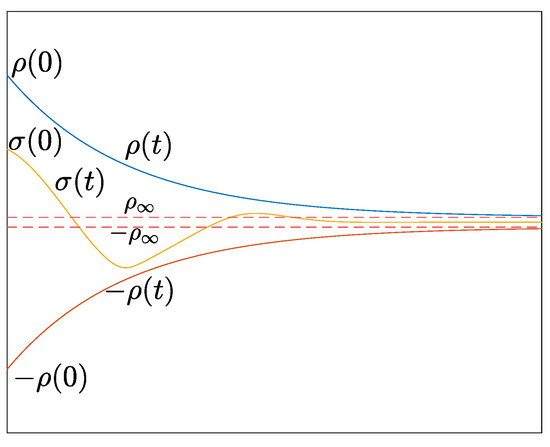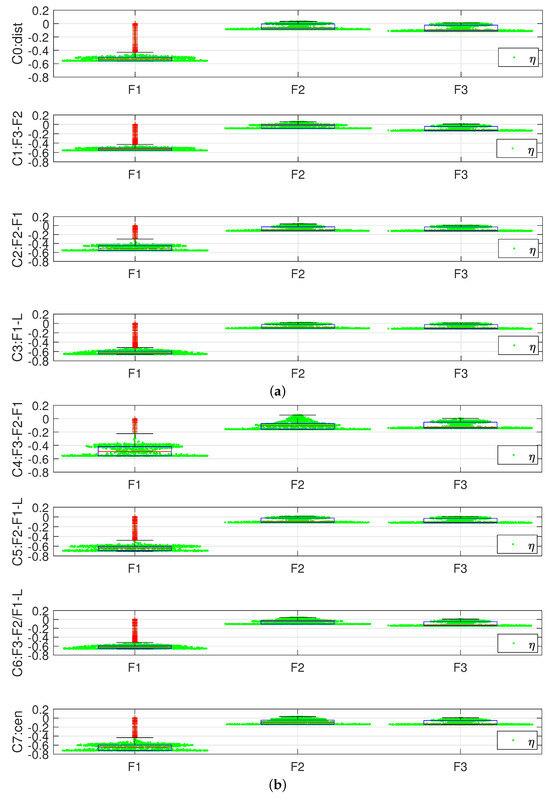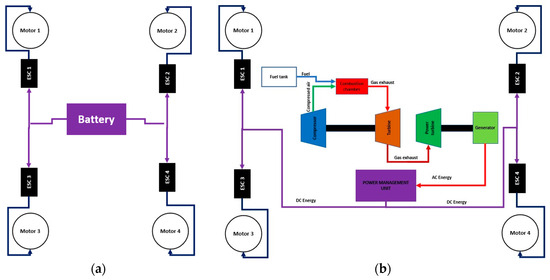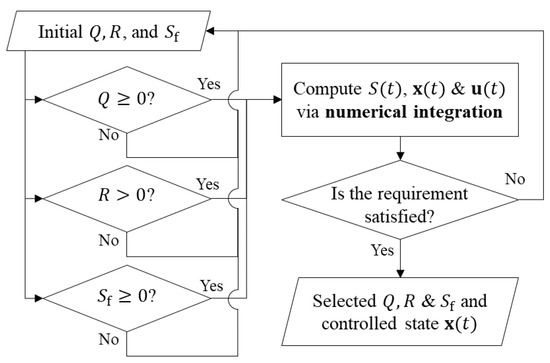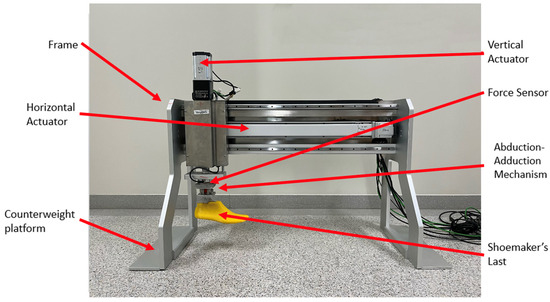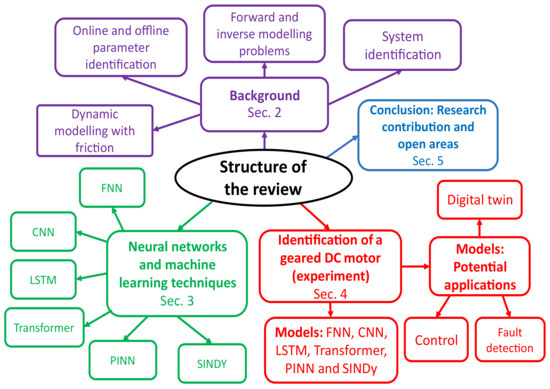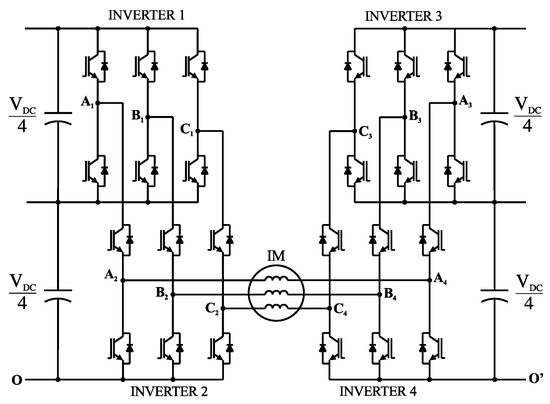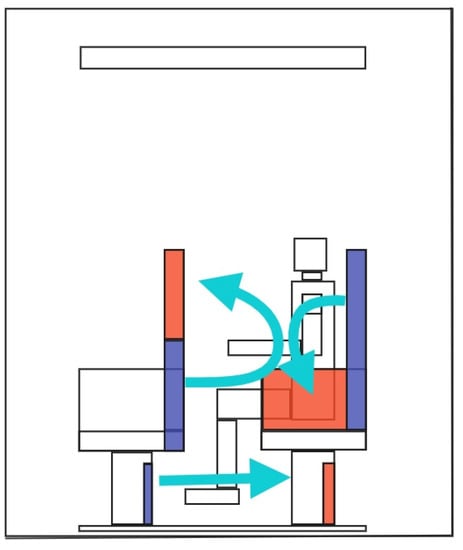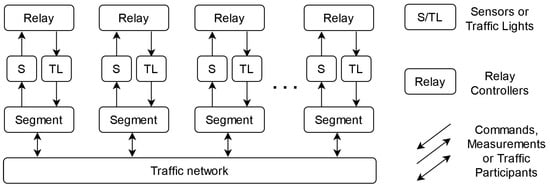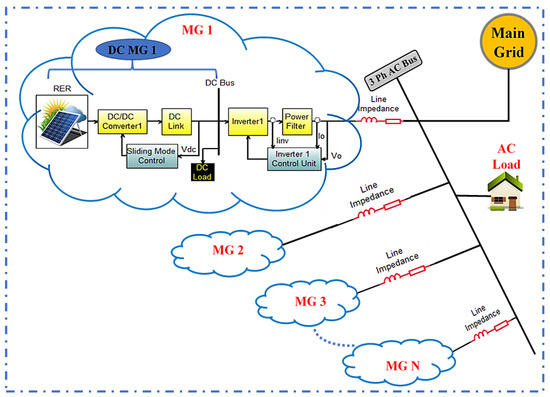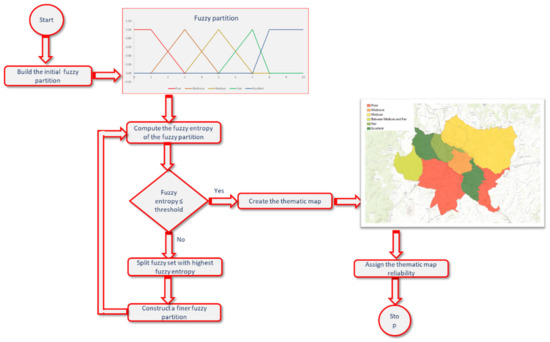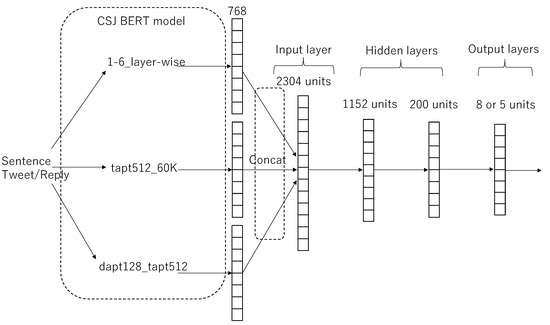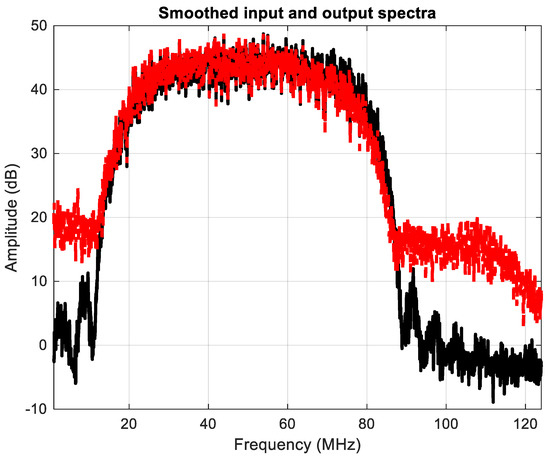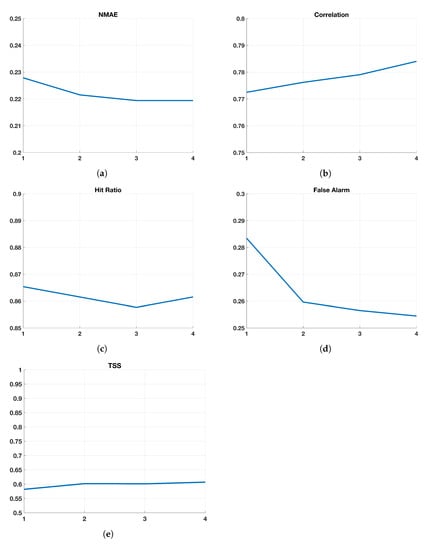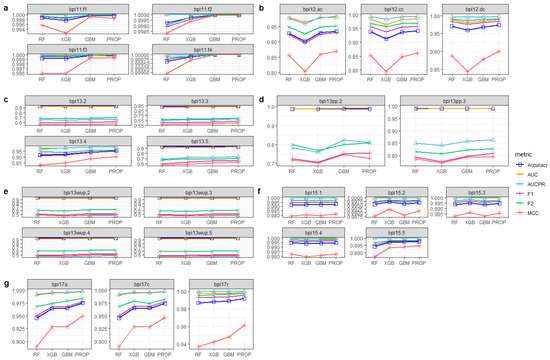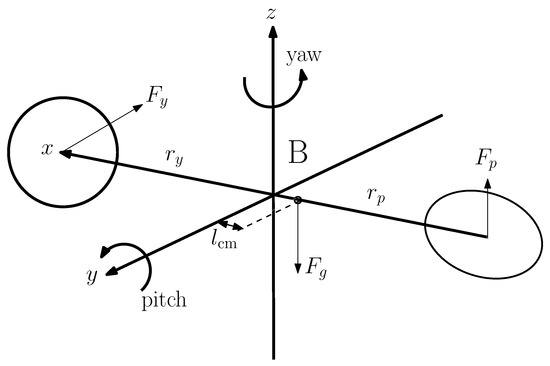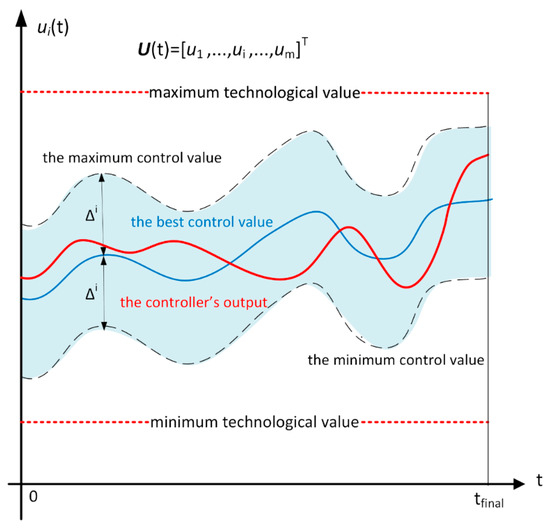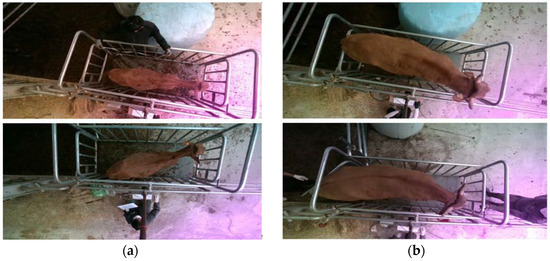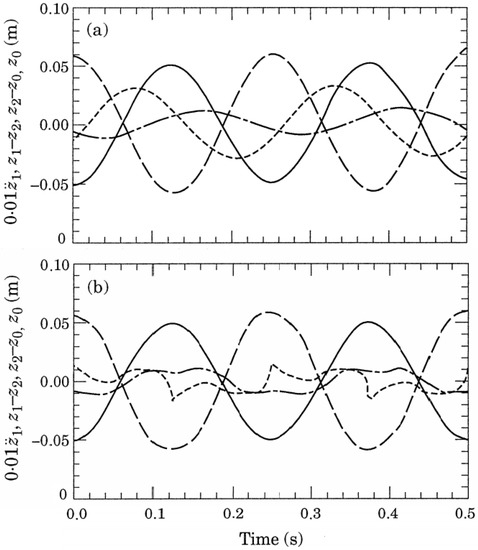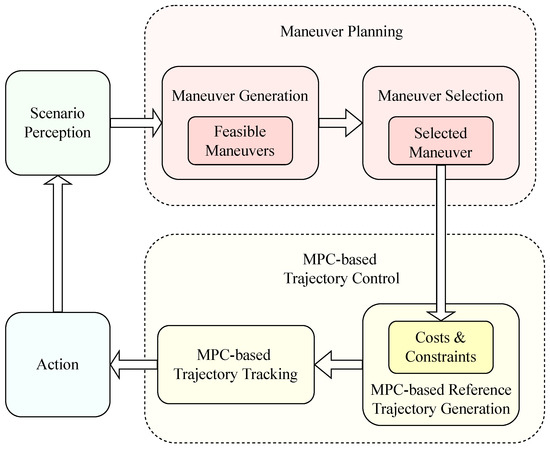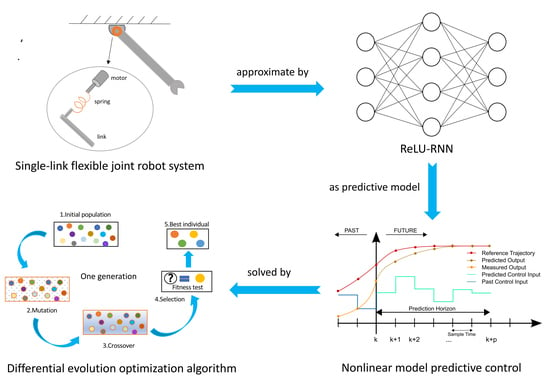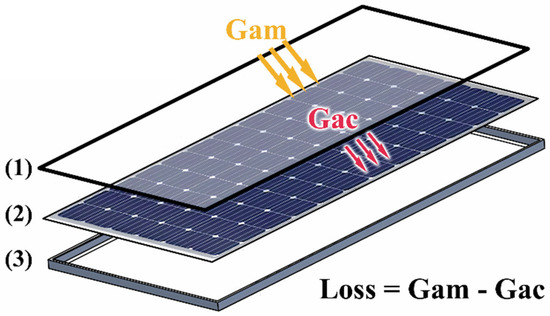Predictive and Learning Control in Engineering Applications
A topical collection in Electronics (ISSN 2079-9292). This collection belongs to the section "Systems & Control Engineering".
Viewed by 38295Editors
Interests: H∞ control; gain scheduling; control allocation; vehicle dynamics; co-simulation; robust control; model predictive control; optimal control
Special Issues, Collections and Topics in MDPI journals
Interests: vehicle dynamics and control; automated driving; model predictive control; optimal control
Special Issues, Collections and Topics in MDPI journals
Topical Collection Information
Dear Colleagues,
In many control design problems, a model-based approach is chosen. This approach has proven its effectiveness in several engineering applications as long as the dynamics involved are known and analytically describable. Nevertheless, even if the dynamics are uncertain, robust controllers can be designed to ensure the stability of the studied system in spite of the uncertainty. The problem is that classic robust control design suffers from conservatism, which reduces the performance of the controller.
Since the limitation comes from uncertainty, if the dynamics could be known precisely, the problem would be solved. Thanks to learning-based identification, the modeling of the dynamics can be improved. Once the modeling is improved, a predictive control could be applied to achieve an optimal solution.
This Topical Collection focuses on recent advances in the design, validation, and implementation of predictive and learning-based control strategies. This Topical Collection is not limited to a specific application, and all engineering applications are welcome.
Dr. Moad Kissai
Prof. Dr. Bruno Monsuez
Dr. Barys Shyrokau
Collection Editors
Manuscript Submission Information
Manuscripts should be submitted online at www.mdpi.com by registering and logging in to this website. Once you are registered, click here to go to the submission form. Manuscripts can be submitted until the deadline. All submissions that pass pre-check are peer-reviewed. Accepted papers will be published continuously in the journal (as soon as accepted) and will be listed together on the collection website. Research articles, review articles as well as short communications are invited. For planned papers, a title and short abstract (about 100 words) can be sent to the Editorial Office for announcement on this website.
Submitted manuscripts should not have been published previously, nor be under consideration for publication elsewhere (except conference proceedings papers). All manuscripts are thoroughly refereed through a single-blind peer-review process. A guide for authors and other relevant information for submission of manuscripts is available on the Instructions for Authors page. Electronics is an international peer-reviewed open access semimonthly journal published by MDPI.
Please visit the Instructions for Authors page before submitting a manuscript. The Article Processing Charge (APC) for publication in this open access journal is 2400 CHF (Swiss Francs). Submitted papers should be well formatted and use good English. Authors may use MDPI's English editing service prior to publication or during author revisions.
Keywords
- predictive control
- learning-based identification
- learning-based control
- optimal control
- adaptive control







